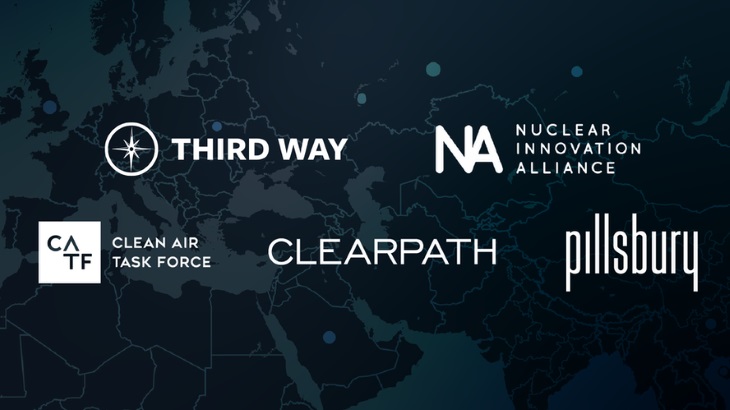"With numerous projects under way and multiple policies recently enacted to support advanced reactor development, the USA is well-positioned to be a global leader in this field. Several other countries are also boldly pushing forward with programmes to develop, demonstrate, deploy and commercialise advanced reactors - in some cases, the reactors are already being constructed or operated.
The next generation of nuclear reactors, collectively called 'advanced reactors', are making substantial progress towards commercialisation and are poised to offer new tools to provide clean energy. These advanced reactors are an evolution of either, today’s dominant reactor technology, light water reactors (LWRs), or non-LWR designs that have operated on an experimental and limited commercial basis since the 1960s but were never widely deployed.
Today is a watershed moment in the advanced reactor space, with more than 30 commercial scale demonstrations of different designs in progress across the globe. These designs cut across technologies, sizesand target applications. The timelines for these projects show that advanced nuclear energy can be operational in time to address the climate challenge, with commercial demonstrations in the 2020s, and then cost-reduction and large-scale rollout in the 2030s.
These reactors are designed for mass production and to reduce construction risk through modularity, simplification of design and a high-level of manufactured content. With shorter construction timeframes and lower construction risk, advanced reactors could quickly achieve cost reductions through technological learning.
Last year marked monumental progress for advanced reactors across the USA. In May 2020, the Department of Energy launched its Advanced Reactor Demonstration Program which, as of FY2021, has awarded USD480 million in appropriated funding for advanced reactor projects.
In December 2020, the government of Canada, together with key stakeholders across the country, launched Canada’s SMR Action Plan. The Action Plan builds on the 2018 SMR Roadmap effort led by the Department of Natural Resources Canada and was informed through engagement with Canadian territories, provinces, indigenous peoples and communities, utilities, vendors and national laboratories.
In the UK, advanced nuclear was included in the Prime Minister's ten point plan for a green industrial revolution released in November 2020. Specifically, the UK Government will invest GBP215 million (~USD300 million) into SMRs through the Low Cost Nuclear programme from 2021 onwards.
In December 2019, the Akademik Lomonosov, the world’s first floating commercial SMR, was connected to the grid. The two 35 MWe KLT-40C reactors aboard are based on technology used on Russian icebreakers and are supplying power to the remote Chaun-Bilibino network in Russia's Far East.
China's progress in demonstrating advanced reactor technologies is best marked by the HTR-PM, featuring two 100 MWe high temperature pebble bed reactors under construction at the Shidao Bay nuclear power plant.
Argentina has previously exported research reactors to Australia, Peru, Algeria and Egypt and is leveraging those successes to demonstrate and commercialise an SMR. The CAREM-25 is a small PWR that is under construction at the Atucha Nuclear Power Plant with operation planned for 2024.
In 2019, Ukraine's national nuclear operator, NAEK Energoatom, Ukraine's State Scientific and Technology Centre, and Holtec International entered into a consortium partnership to deploy Holtec's SMR-160 in Ukraine and establish a manufacturing hub for the modules in the country. Six SMR-160 units are planned to be operational by 2030 at the country's Rovno nuclear site, and Energoatom is considering deploying additional SMR-160 units to complement renewables.
The use of SMRs for power, desalination and thermal applications is part of the Saudi National Atomic Energy Project, approved by the government in 2017. Saudi Arabia's King Abdullah City for Atomic and Renewable Energy has focused on two technologies, the Korean 100 MWe SMART reactor, an integral-type LWR, and the Chinese HTGR.
With multiple countries considering nuclear reactors as a method of providing low-carbon energy, it is important to understand the broader global landscape of advanced reactor development. End-user countries will be interested in the suite of technologies that can address their specific needs, and supplier countries that can provide a competitive product will have a significant market advantage.
Specifically for the USA, it is important to note that advanced reactor RD&D efforts are not occurring in a vacuum, and that progress in advanced reactor development in other countries should elicit commensurate increases in funding, policy support and programmes that have facilitated significant achievements by the American advanced nuclear industry so far."
The full text of this article, Advanced Reactors: Turning the Corner, is here.





_33584.jpg)
_82983.jpg)
_49382.jpg)
_34792.jpg)



